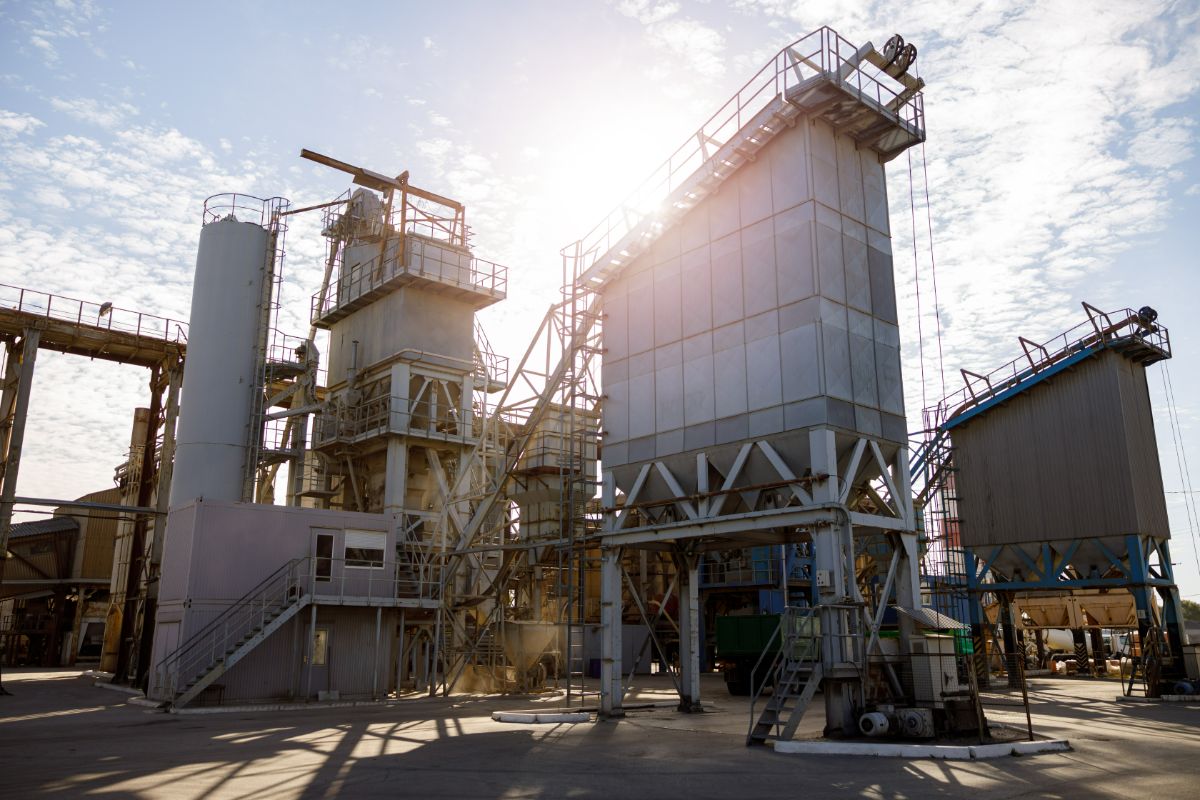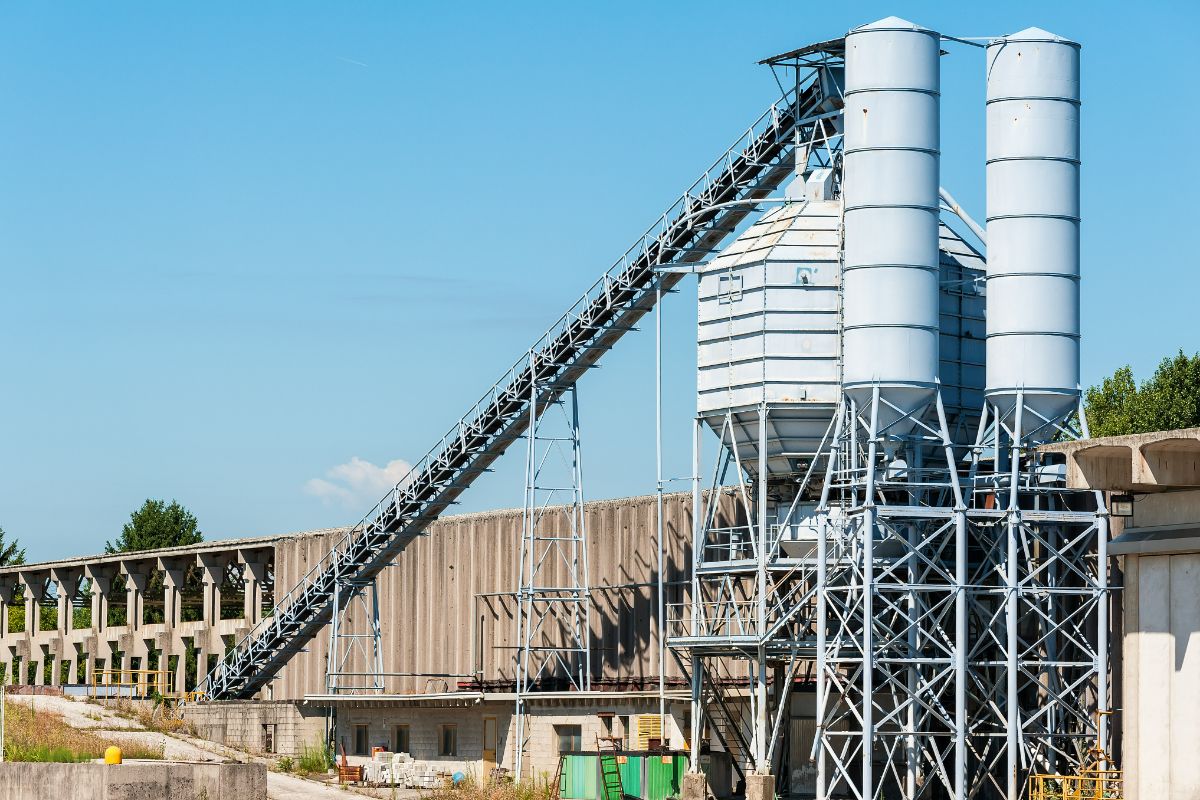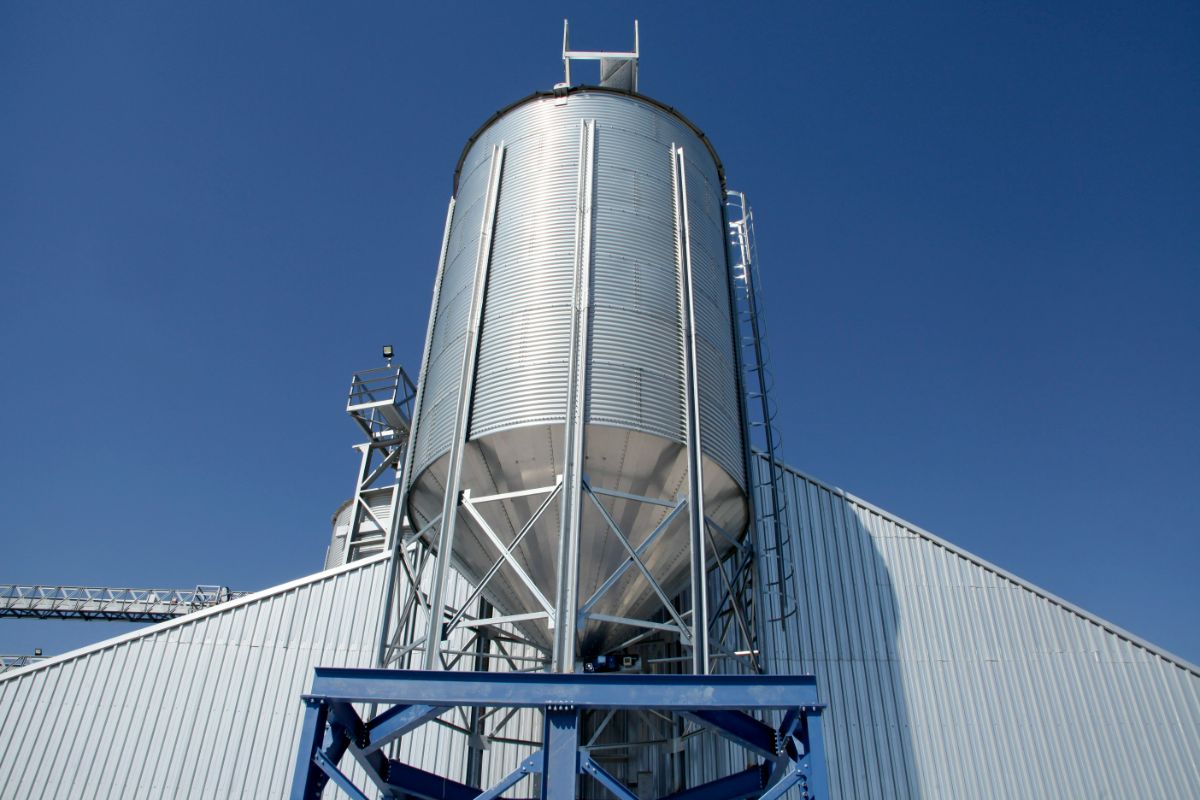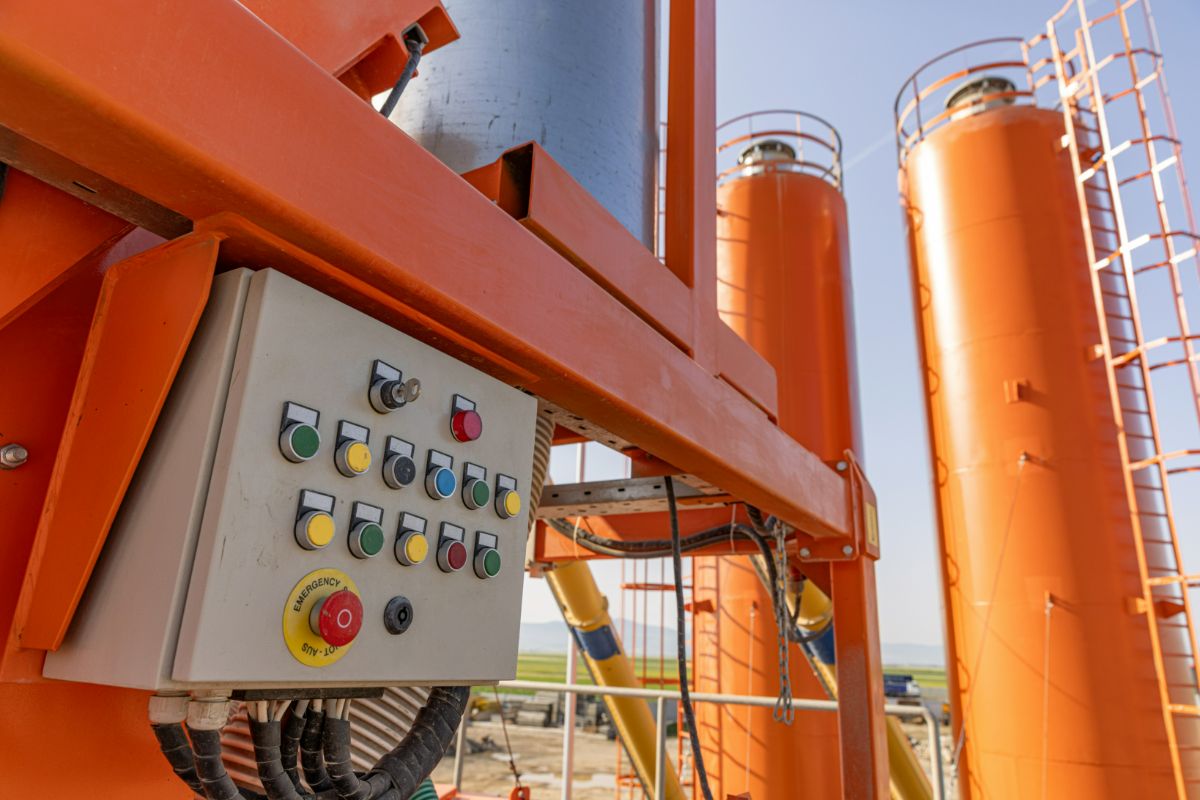

Overview
- Essential to the construction sector is the batching plant which acts as the central facility where a precise amalgamation of various materials happens to produce high-quality concrete.
- The components of a batching plant hold tremendous importance for guaranteeing the seamless undertaking of construction projects.
- Big Ben stands out as the best batching plant for construction projects in Metro Manila.
Comprehending the components of a batching plant is crucial for instilling confidence in the reliability of ready mix concrete. Customers, by understanding these elements, can evaluate the plant’s capacity to deliver consistent and durable mixes. Therefore, individuals need to invest effort in familiarizing themselves with the diverse components of a batching plant.
This comprehensive guide will navigate you through the various components found in the plant, shedding light on their pivotal roles in ensuring the production of high-quality ready mix concrete tailored to meet the specific requirements of your diverse projects.
Storage containers for aggregates such as sand, gravel, and crushed stone are essential components of batching plants. Their primary function is to receive, store, and organize these raw materials before they are utilized in the concrete mixing process.
Strategically positioned, these bins facilitate efficient aggregate feeding, allowing for precise measurement and dispensing. The controlled flow of aggregates from these bins ensures accurate proportions in the concrete mix. This contributes to the overall quality, strength, and uniformity of the final product in construction projects.

Conveyor belts in batching plants play a crucial role in the automated and systematic transport of raw materials within the facility. These belts efficiently move aggregates, cement, and other essential components from storage areas, such as aggregate bins and cement silos, to the mixing unit.
Automated and guided by advanced systems, conveyor belts ensure the precise and continuous transfer of materials, minimizing manual handling. That’s why they are integral to the controlled flow of materials, crucial for consistent and high-quality concrete mixes.
The weighing system uses scales or load cells to calculate the exact amount of each aggregate before the mixing procedure starts in batching plants. These systems are developed with individual weighing mechanisms for different aggregates which ensures that each ingredient is measured accurately according to the preferred recipe.
Batching plants can consistently produce concrete with the desired strength and characteristics by keeping rigid control over the proportions of aggregates.
Cement silos serve as storage vessels for bulk cement, ensuring a continuous and reliable supply during the concrete production process. These cylindrical structures securely hold large quantities of cement, protecting it from external elements. When needed, the cement is dispensed from the silos through controlled mechanisms, such as screw conveyors or pneumatic systems, to the mixing unit.
This organized and automated transfer ensures accurate proportioning and contributes to the precision of batching. Cement silos play a pivotal role in maintaining a constant and on-demand supply of cement.

Integrated with precision pumps and meters for measurement and control of water supply to the mix, the water storage and metering system features dedicated tanks or reservoirs for storing water. These essential components play a crucial role in guaranteeing the precise addition of water to attain the desired consistency and quality of the concrete mix.
Effectively regulating the water content allows batching plants to fine-tune the properties of the concrete. This optimizes factors like workability and strength to meet specific project requirements with precision.
Responsible for storing and dispensing chemical additives, the admixture storage and dispensing system in batching plants enhances the properties of the concrete mix. These additives, known as admixtures, include plasticizers, accelerators, retarders, and water reducers.
The system ensures accurate measurement and controlled introduction of these additives into the mix. By adjusting the admixture content, batching plants can modify the concrete’s characteristics, improving workability, setting time, and durability. This precision in dispensing admixtures enables the customization of concrete mixes to meet specific project requirements and performance criteria.
The mixing unit functions as the central location where aggregates, cement, water, and admixtures are intricately combined to make concrete. The mixing unit may feature various structures such as a drum mixer, twin-shaft mixer, or other specialized types relying on the batching plant’s design.
This unit ensures thorough and uniform distribution of ingredients which is crucial for accomplishing the preferred consistency and quality of the concrete mixture.

The control system serves as the command center, orchestrating the entire batching process with precision and efficiency. It regulates material proportions through meticulous scanning and real-time adjustments, ensuring the maintenance of selected ratios.
Supervising the mixing process, the control system guarantees thorough blending and uniform allocation of ingredients, contributing to the production of high-quality concrete with consistent properties.
The batching plant chassis is the robust framework that provides structural support to the entire plant. Acting as the foundation, it bears the weight and impact of various components, including bins, mixers, conveyors, and silos.
The chassis is designed for mobility for easy transportation of the batching plant to different project sites. Its durable construction ensures stability during operation, preventing structural deformities and facilitating the efficient functioning of the plant. The chassis plays a pivotal role in enhancing the versatility and adaptability of the batching plant, making it a crucial element for mobile and stationary configurations.
The components of a batching plant which include aggregate bins, weighing systems, mixing units, and control systems are meticulously incorporated within Big Ben’s framework, demonstrating its commitment to precision and efficiency in construction endeavors.
For your next construction project in Metro Manila, choose Big Ben. We are a trusted name in providing ready mix concrete from our different plants in the north of Metro Manila. This guarantees accessibility and timely delivery of high-quality concrete. Reach out to us today for the success of your construction projects!